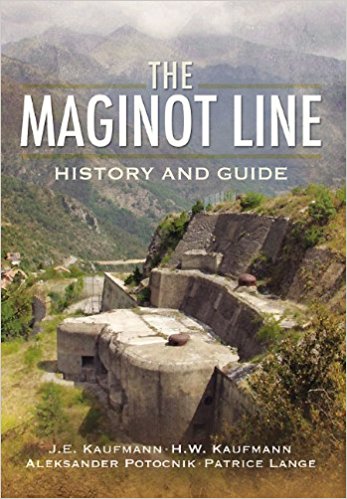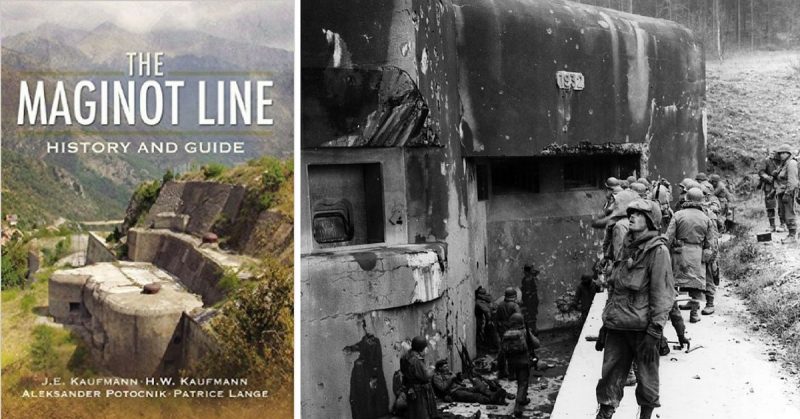It is ever so easy to ridicule the Maginot Line given its strategic failure, but it would be wrong to denigrate the wonder of it’s construction and scale. The line system, itself, takes its name from a man who promoted its construction but who had died before work had got under way. André Maginot was a no nonsense politician who did not mince his words about the threat posed by the Germans. He had fought them and been awarded the Medaille militaire in the process, so he was no armchair general.
The construction of the line cost billions of francs and huge energies in areas of French manufacturing already creaking due to a dearth in manpower caused by France’s plunging birth rate after the Great War. The fraught political situation in the country and the impact of post war recovery, recession and depression cannot be overlooked when we consider how the fortifications got built at all. They were a wonder of the age, but, and it is a big but; other events served to undermine all that hard work before the first shot of World War II was fired.
That the line didn’t extend along the Belgian border owed as much to alliances as it did to the huge problems presented by the region itself. With so much of the country’s vital coal interests and heavy manufacturing just getting back on their feet in that part of the world, it was hardly surprising that further disruption caused by extending the Maginot Line was never likely to be accepted. In addition to this, France was in an alliance with Belgium and the strategy in place was for French forces to advance into Belgium to face any German threat. But, in 1936 the Belgians withdrew from the alliance and declared themselves neutral. King Leopold and his counsellors believed Belgium would be safe behind its own string of forts, but the fact they had not saved the country from invasion in 1914 seems to have been ignored. The Belgians were not unreasonable in being thoroughly sick of having their country used as Europe’s battlefield of choice and this brings to mind the longstanding joke that the country was where the British Army played its home games (Just ask Marlborough, the Duke of York or Wellington). In one fell swoop the concept of the Maginot Line had been completely undermined.
All this forms the background to a highly detailed history of the defensive system from a team of authors who performed similar magic looking at the Atlantic Wall a few years ago. They are total enthusiasts for what we might loosely term ‘bunkers’ for convenience and treat the project with immense seriousness; looking at the architecture, features and operation of the Maginot Line. The book is also presented as a guide and for this I am most grateful. I have been meaning to explore the line for some time and the book is essential reading for this purpose.
The book is not a light read, how can it be? But the authors manage to keep things to a manageable level for the general reader and I am sure there is enough for the better informed, here, as well. The use of photography and diagrams enhances the experience and as bibles go this one is right up there with the best of them. Even if you have no hope of visiting eastern France, this book remains hugely important to understanding military developments and strategy between the wars and I came away having much more sympathy for the concept based on the context of the times than I had previously. I have visited some of the great fortresses of the Verdun battlefield along with many more modest affairs and the skill of that kind of positional defence in depth did not come overnight. The French were brilliant engineers and while they may have relied on foreign masons and construction workers to get these things built, the brains of the scheme should be greatly admired. However flawed it was shown to be by undreamed of events, the Maginot Line was a stunning feat of engineering. This excellent book will allow you to develop a wholly more positive appreciation of what the French achieved. It will also allow you to plan visits to what remains of the line, so consider it a win, win.
Reviewed by Mark Barnes for War History Online.

THE MAGINOT LINE
History and Guide
By JE Kaufmann, HW Kaufmann, Aleksander Jankovič-Potočnik and Patrice Lang
Pen & Sword Military
ISBN: 978 1 52671 151 9
